This week’s LPG Safety in the Spotlight focus will be on the safe connection of cylinders with flexible hoses.
Flexible hoses are only suitable for connecting cylinders in temporary structures. For example, in gazebos, or for a single appliance for outdoor use (e.g. BBQ). Flexible hoses should not be used to connect LPG in permanent strictures such as vehicles, trailers or wooden structures (e.g. kiosks). Permanent structures and mobile vehicles (self-propelled and towed) require fixed pipe installations.
LPG cylinders and appliances must be correctly set up and connected. If appliances are to be connected by hoses, then the hoses should be:
- Metallic over-braided or PVC wrapped.
- Have swaged or crimped fitted ends.
- Suitable for the fuel type.
- Be marked with the manufactured date and relevant standards.
- Not exceed the recommended hose length as instructed by the manufacturer, and in no case exceed 1.5m in length.
- Enable minimum 1m distances between cylinders and ignition sources.
Unless the manufacturer has pre-installed with a factory swaged crimp fitting, flexible orange hoses are not suitable for use in commercial setups and should be replaced for metallic or over braided hoses.
Metallic over-braided or PVC wrapped hoses are more hardwearing and better suited to the rigours of mobile catering. They are less likely to split and leak then orange flexible hosing, keeping the installation safer and in line with current gas safety standards.
If still using orange flexible hosing, then you are advised to replace this at the earliest opportunity. Seek advice from a Gas Safe Engineer competent in LPG. Do not attempt to change hoses yourself.
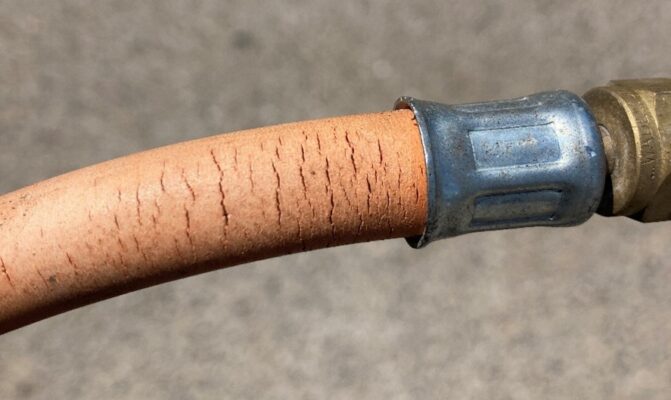 A manufactured fitted hose showing signs of cracking and splitting. This hose must be replaced. Hoses showing significant wear and damage is considered a risk to the user should they continue to use it.
A manufactured fitted hose showing signs of cracking and splitting. This hose must be replaced. Hoses showing significant wear and damage is considered a risk to the user should they continue to use it.
Examples of suitable hoses and connections
 A PVC wrapped hose properly connecting a cylinder to an appliance.
A PVC wrapped hose properly connecting a cylinder to an appliance.

An over braided hose connected with double eared clips
 The Quick Safe Rig –connection of multiple cylinders with the correct hoses and connections in place.
The Quick Safe Rig –connection of multiple cylinders with the correct hoses and connections in place.
Examples of unsuitable hoses and connections
 Orange hoses and Jubilee clips – should not be used in commercial gas installations.
Orange hoses and Jubilee clips – should not be used in commercial gas installations.

Incorrect use of flexible orange hose to connect an appliance in a vehicle unit.
 Incorrect use of excessive length of flexible orange hoses, connected with jubilee clips.
Incorrect use of excessive length of flexible orange hoses, connected with jubilee clips.
More information
Future LPG in the Spotlight features will cover fixed pipe installations in vehicles and trailers, as well as the requirement for emergency isolation valves and pressure regulators as part of a correct and safe installation.
For details of safe “On and Off” procedures for connecting, opening and closing the gas supply check out our free guides on the NCASS Gas Safety Hub.
Also remember to refer to the NCASS Gas Safety Checklist which is included within the NCASS SMS. The checklist will allow you to comprehensively assess the safety of your LPG set up and details the open and close procedures.
Are you looking for a Gas Safe Registered LPG engineer? Find your nearest Gas Engineer Partner (GEP) – tried and trusted engineers competent in LPG.

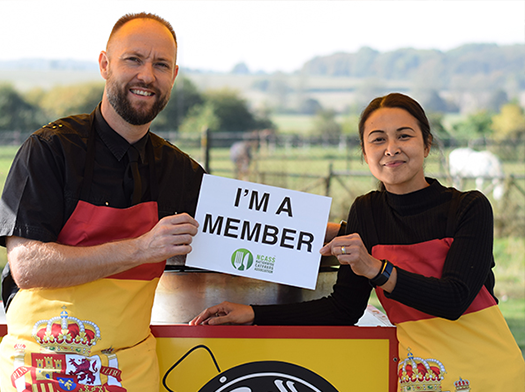
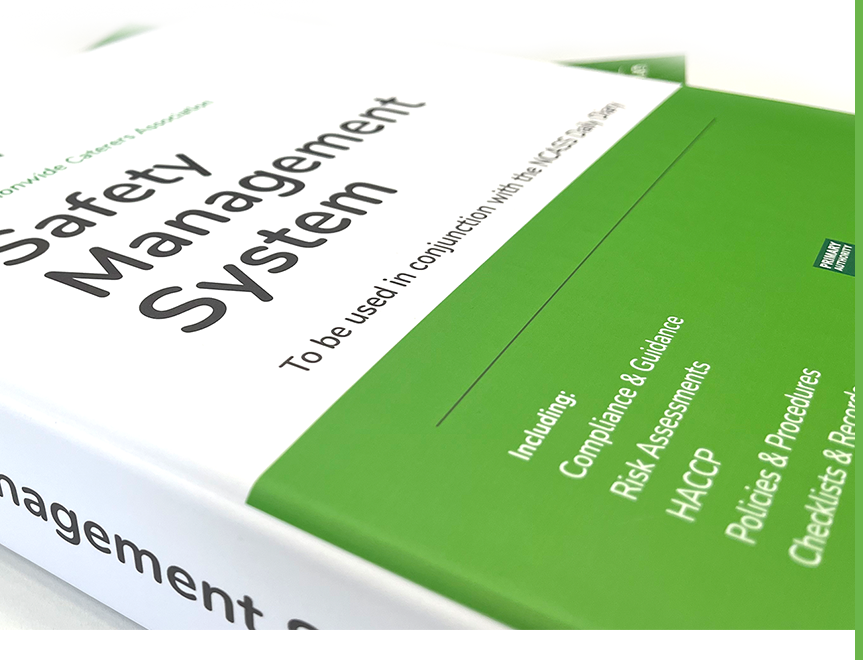

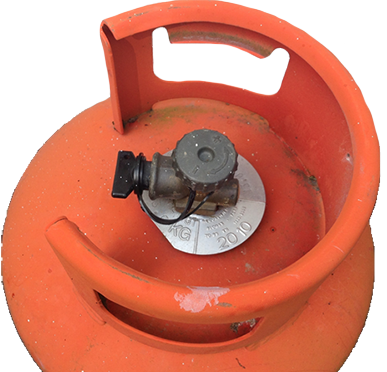
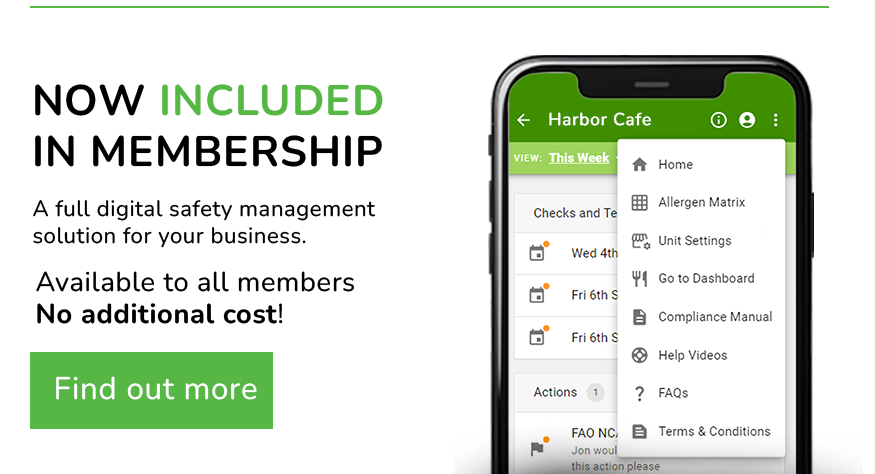
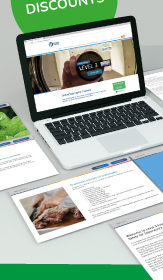 Featured Training
Featured Training
OUR MEMBERSHIP
We're here to help make your catering business a success. Whether that be starting up or getting on top of your compliance and marketing. We're here to help you succeed.
Want our latest content?
Subscribe to our mailing list and get weekly insights, resources and articles for free
Get the emails